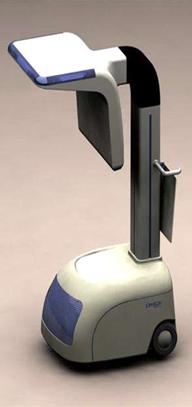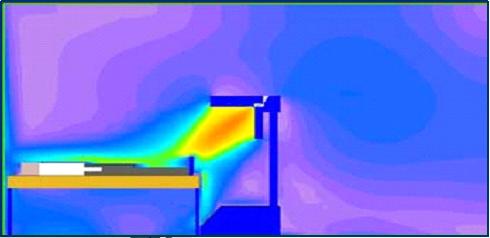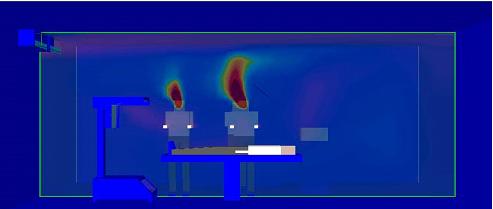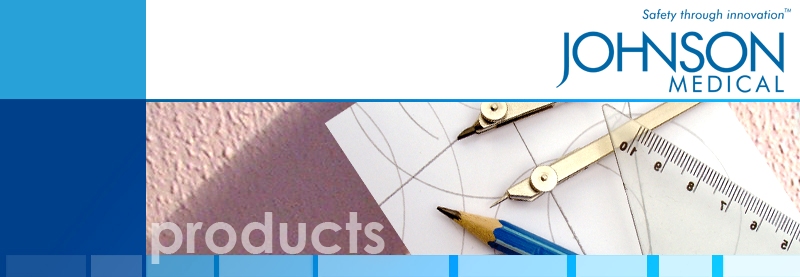|
|
| |
| |
Nano Guided Airflow
New Product Announcement: Need a quick and effective solution to reduce Surgical Site Infection (SSI)? Check out our

Nano Guided Airflow (Nano GAF™) is the latest addition to Johnson Medical family of innovative products in the surgical and critical care field of providing better environment for patients and care giver. Aiming at reducing contaminants at the surgical field above the operating table and below the operating light, Nano GAF™ effectively reduces the contaminants.
Patented Worldwide
 InFrance, SSI contributes to over 10.5% of total Hospital Acquired Infection (HAI),. Similar result were reflected in an Australian survey, where HAI is the main cause of hospital operating cost going higher and higher.
InFrance, SSI contributes to over 10.5% of total Hospital Acquired Infection (HAI),. Similar result were reflected in an Australian survey, where HAI is the main cause of hospital operating cost going higher and higher.
Contaminants such as dust particle from the air, skin shedding from surgical team as well as patients, are the media on which bacterial are carried. Such bacterial carrying particles contaminants will flow with air movement. British
 Guidelines for operating theatre airflow over the operating table should be unidirectional and not more than 0.3 m/s (60 ft per minute) to prevent drying up patients wound and discomfort to surgical team over the period of the procedure but at the same time it should be effective in blowing the "particles(e.g. dust, skin sheddings) away from the surgical field."
Guidelines for operating theatre airflow over the operating table should be unidirectional and not more than 0.3 m/s (60 ft per minute) to prevent drying up patients wound and discomfort to surgical team over the period of the procedure but at the same time it should be effective in blowing the "particles(e.g. dust, skin sheddings) away from the surgical field."
Computerised Fluid Dynamic is the advance study of Laws of Fluid Dynamics to model the airflow, and simulate the distribution of temperature, velocity, particles.

The room environment which is prevailing will determine the temperature and humidity as it is. As seen in the velocity CFD modelling, the patented jet air starts at 0.6 m/s and airwashes the surgical field at 0.3m/s without drying up patients wound.

As few as 10 colony forming units per cubic meter of contaminants can increases the risk of SSI, As seen in the particle count CFD, the Nano GAF™ will clear up the surgical field, even in a conventionally air conditioned room.
Studies by Southerland(1993) showed the probability of post operative septsis is directly related to the number of airbourne bacteria that is in the vicinity of the wound. Treating post operative complication can be very costly, the payback period of an airflow systems that can control the airflow and reduces infection risk can be short and rewarding in patient care, as concluded by Rosengarten(2001).
|
| |
|
|
|

